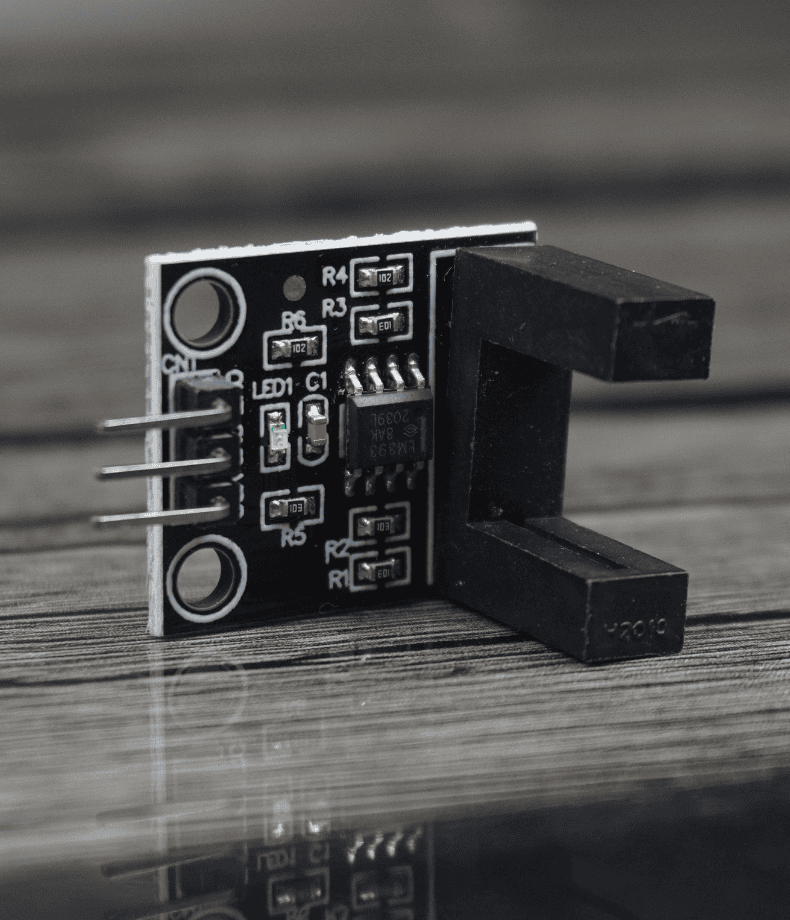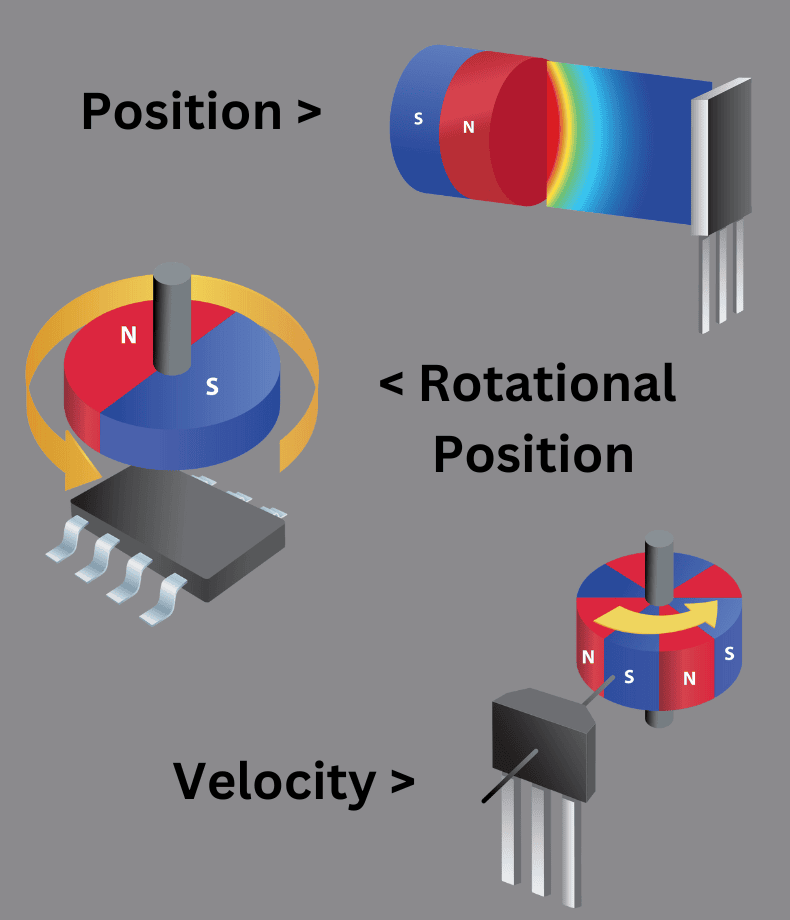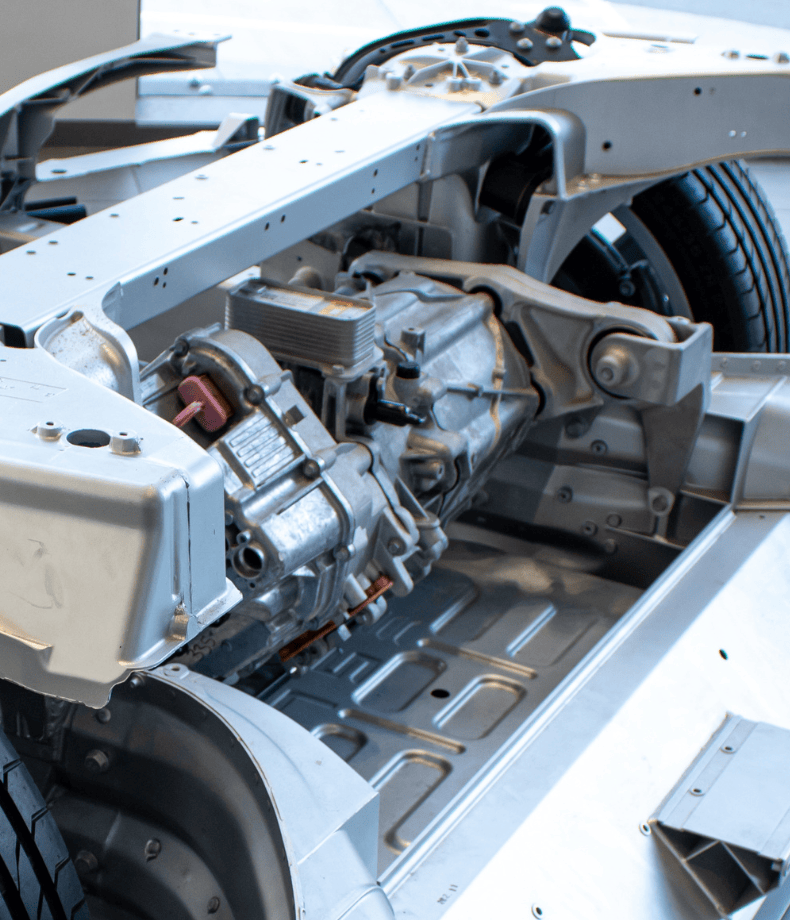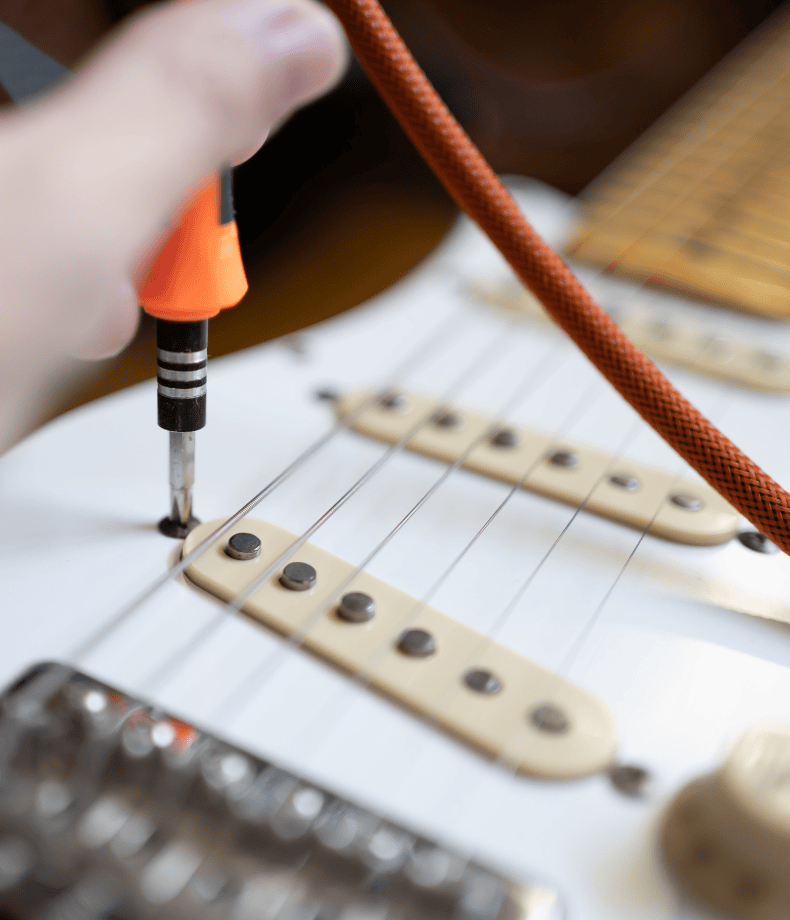Hall Effect
Sensors
Optimize Your Sensor Performance with Adams Magnetic Expertise
Overview
Magnetic Hall Effect Sensors are popular for their versatility in sensing position, velocity and/or direction. Offering non-contact and wear-free operation, they are low maintenance, essentially ‘set it and forget it’ operation. They come in a wide variety of shapes, sizes and price points. They can be as large as your fingernail or as small as a grain of sand.
Adams is ready to be a part of your products with off-the-shelf and custom applications.
Ready to talk about your project?

Measurement
To measure position, one uses a pre-defined defined magnet that moves towards/away from the sensor. The sensor detects the strength of the magnetic field and infers the location of the magnet from that data
To measure rotational position, an array of Hall Effect Sensors is used in conjunction with a diametrically oriented magnet. The magnetic field distribution in the array is used to calculate the rotational position of the magnet.
To measure velocity, one can use the same array configuration used for rotational position. Alternatively, one can position the Hall Effect Sensor off-axis and measure the pulses as the object rotates.

Materials
Magnets most commonly used in sensor applications:

Magnetic Viewing Film
Let Adams help choose the magnet to best suit your specific sensor application requirements. We have experience designing around the effect of environmental conditions, temperature, shock, vibration, corrosion resistance, magnetic stability, manufacturability, form factor (and more!) related to the use of magnets with sensors and can help optimize the performance of your application.

About us
Let Adams help choose the magnet to best suit your specific sensor application requirements. We have experience designing around the effect of environmental conditions, temperature, shock, vibration, corrosion resistance, magnetic stability, manufacturability, form factor (and more!) related to the use of magnets with sensors and can help optimize the performance of your application.

Motors
Magnets and assemblies from Adams Magnetic Products can be found in many types of motors, generators, and actuators.

Package Enclosures
Magnetic packaging closures offer unique solutions for creative ingenuity, while providing features such as easy-to-open devices, and strong repeat closure technologies.

Pickups
Adams Magnetic Products supports the music industry every day by supplying high-quality alnico and ceramic magnets for every style pickup made. Select from our stock sizes, or we can produce to your exact specifications.

Hall Effect Sensors
Let Adams help choose the magnet to best suit your specific sensor application requirements. We have experience designing around the effect of environmental conditions, temperature, shock, vibration, corrosion resistance, magnetic stability, manufacturability, form factor (and more!) related to the use of magnets with sensors and can help optimize the performance of your application.

Contact Us
Adams is ready to be a part of your products with off-the-shelf and custom applications. Contact us to find out more.